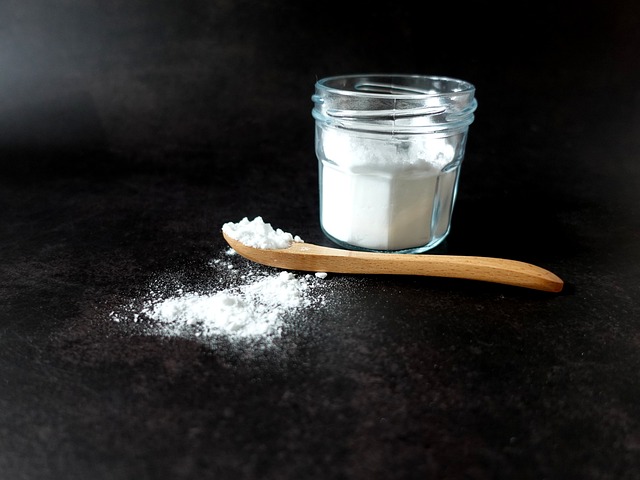Powdery mildew is a common fungal disease that affects many plants, including vegetables, fruits, and ornamentals. It can be unsightly and even deadly for the plants if not treated properly. While there are many ways to control powdery mildew, using chemical fungicides can harm the environment, beneficial insects, and the plants you want to keep. Fortunately, there is a natural solution: baking soda.
Baking soda has been shown to be an effective and safe fungicide for powdery mildew control. It works by disrupting the cell membranes of the fungi and preventing their growth. Here’s how to make and use a baking soda spray to control powdery mildew in your garden:
Materials:
- 4 liters of water
- 4 tablespoons of baking soda
- 1 tablespoon of vegetable oil
- 1 tablespoon of liquid soap
- Spray bottle
Instructions:
- Mix the solution: In a large container, mix 4 liters of water with 4 tablespoons of baking soda. Stir until the baking soda is completely dissolved. Add 1 tablespoon of vegetable oil and 1 tablespoon of liquid soap to the mixture. The oil and soap help the solution stick to the leaves and improve its effectiveness.
- Identify the affected plants: Before you start spraying, make sure you can identify the plants affected by powdery mildew. Common signs include white or grayish powdery patches on the leaves, stems, and flowers.
- Spray the solution: Using a spray bottle, apply the baking soda solution to the affected plants, making sure to cover all the leaves, stems, and flowers. Avoid spraying on a hot sunny day, as this can cause the leaves to burn. It’s best to spray in the morning or evening when the temperature is cooler.
- Reapply as needed: Depending on the severity of the infestation, you may need to reapply the baking soda spray every 7-14 days until the powdery mildew is under control. If the infestation is severe, you may need to remove and dispose of heavily affected plants to prevent further spread.
Using a baking soda spray to control powdery mildew is an organic and effective way to keep your garden healthy and thriving. With a little effort and patience, you can prevent and treat powdery mildew without resorting to harmful chemicals.
